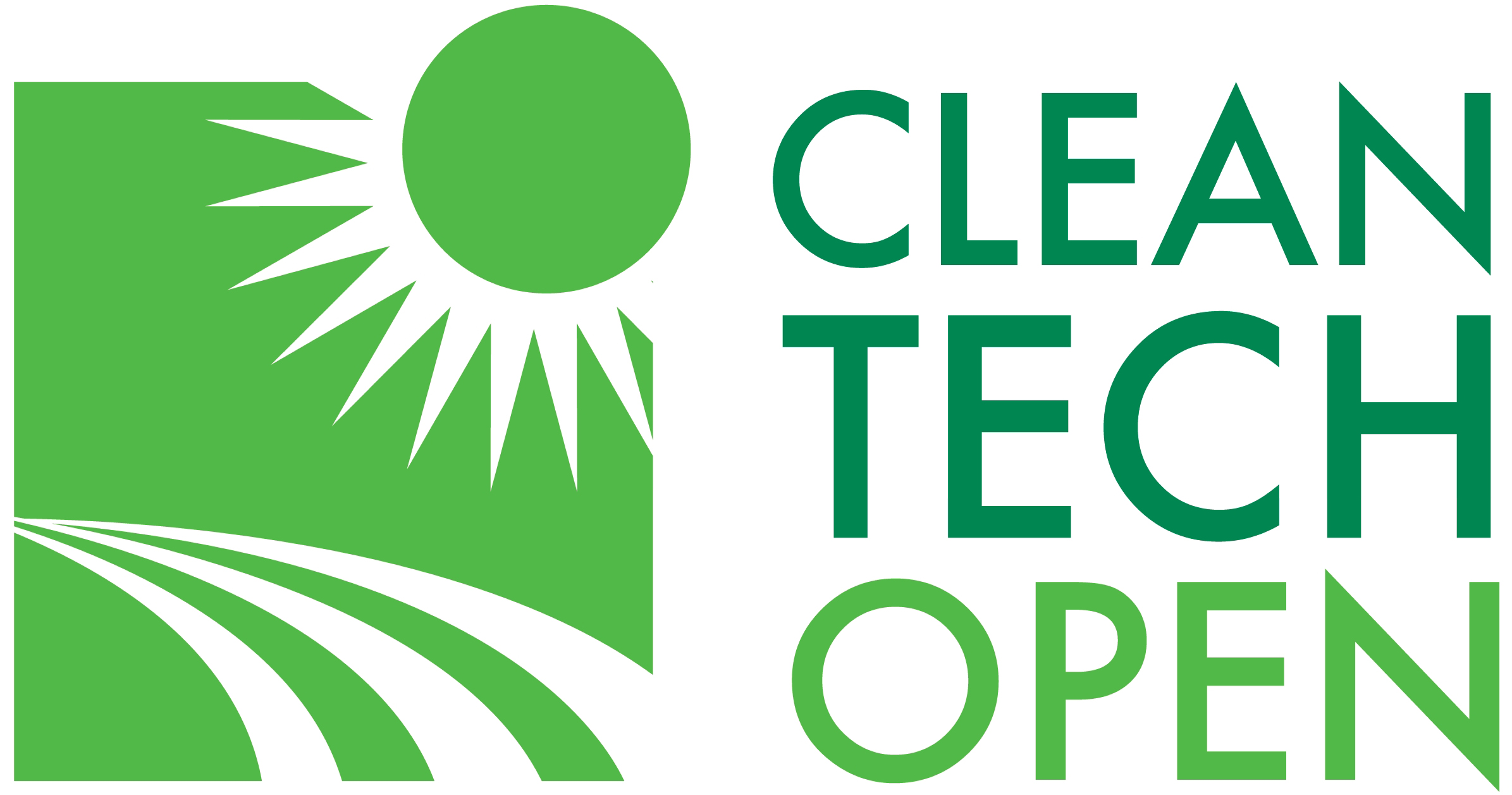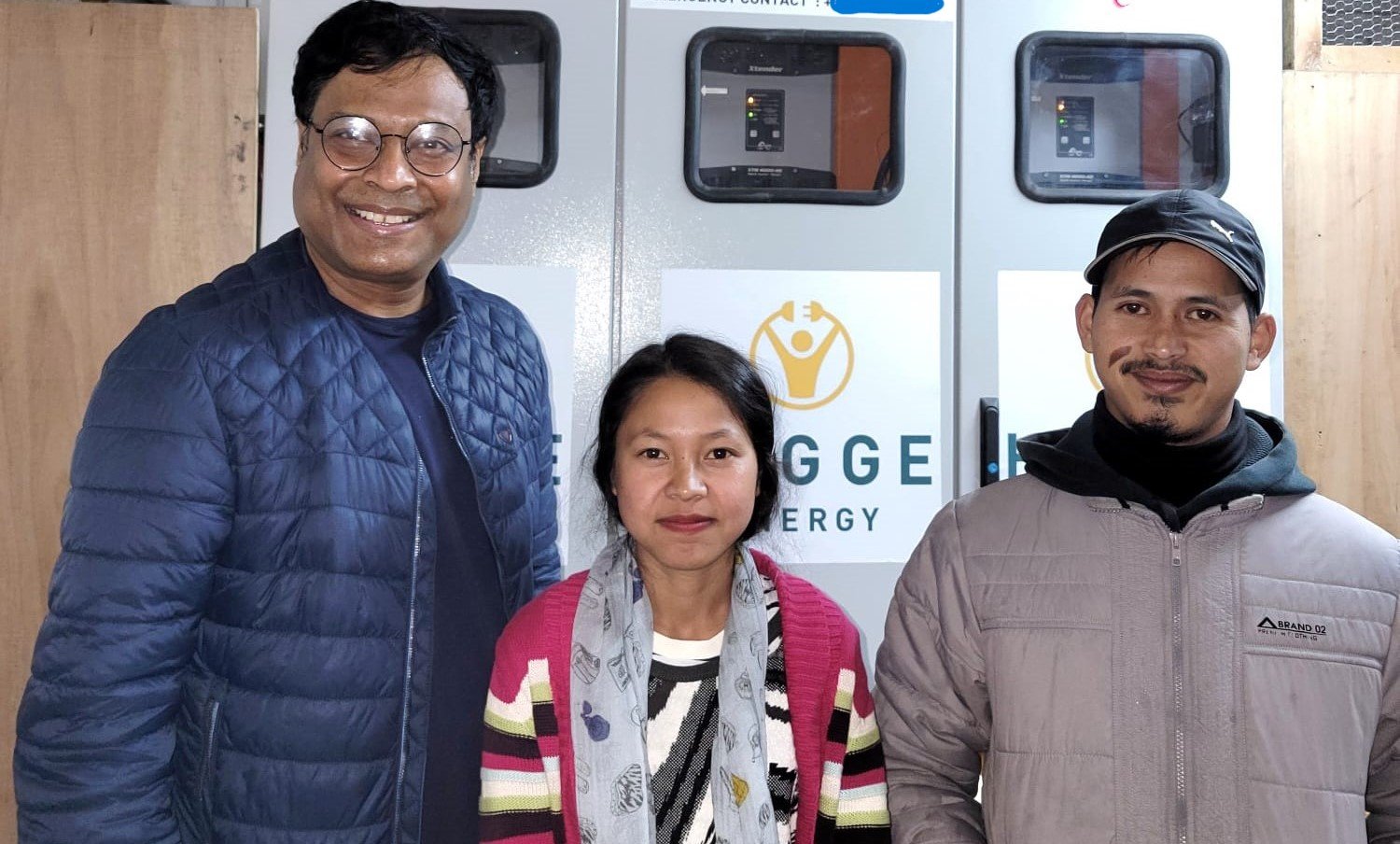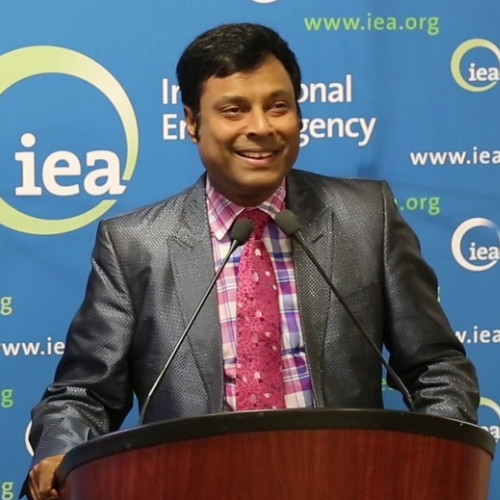Introducing Prateek Saxena from Hygge Energy
Q: Can you introduce yourself and tell us about Hygge Energy?
A: My name is Prateek Saxena, CEO and founder of Hygge Energy. We’re driven by the mission to bring renewable energy to those without reliable electricity access—nearly 4 billion people worldwide. Hygge Energy focuses on the digitalization of carbon calculations and credits, ensuring a validated, auditable trail that adds more value than traditional methods. Our “secret sauce” lies in tracking renewable energy consumption and converting it into carbon credits.
Q: What inspired your focus on providing energy solutions?
A: My inspiration stems from my upbringing in India and my travels, where I’ve seen communities living happily yet unaware of basic amenities like electricity, which many of us take for granted. A pivotal moment for me was providing a remote school with 24/7 electricity, allowing children to light a Christmas tree for the first time. Witnessing their joy was an unparalleled experience.
Q: How does the lack of electricity compare to other global issues, like internet access?
A: The lack of electricity is a fundamental barrier to accessing other technologies, including the internet. For example, Facebook’s strategy to expand its user base involved reaching areas without internet access, which implicitly requires electricity. My past work involved using satellite imagery to assess the availability of electrical grids for such initiatives, highlighting the interconnectedness of electricity access and digital connectivity.
Q: Can you tell us more about innovative solutions for providing internet access?
A: While I can’t speak extensively about all the technologies, Google’s Kite project and Elon Musk’s satellite-based internet service are examples of innovative approaches to overcome the lack of infrastructure by providing alternative means of connectivity. These solutions aim to bridge the gap in areas where traditional infrastructure is absent or inadequate.
Why CleanTech Open?
Q: Why did you decide on CleanTech Open for your accelerator program?
A: Our journey towards CleanTech Open began while we were in the process of securing our first significant investment, having already completed a family and friends funding round. We aimed to broaden our visibility within the investor community. I’ve had the privilege of working closely with the Canadian Government, benefiting from the advice of advisors from the Trade Commissioner Service—a resource I consider among the best available. They recommended applying for CleanTech Open, and we decided to trust their guidance without hesitation or debate. Our decision to join CleanTech Open was made without conducting our own due diligence or research; we simply followed the advice of our mentors, trusting in their expertise and recommendations.
How a Founder Gets In
Q: Could you describe the application process for joining CleanTech Open?
A: The application process for CleanTech Open, while cumbersome, aligned with what is typically expected for incubators or accelerators. Our company had previously been shortlisted by accelerators run by the Canadian Government, and we’ve been actively involved in significant events, such as being part of the delegation to Glasgow and speaking at the G20 summit about CleanTech Open and climate change. This background meant that we were no strangers to the demands and expectations of joining accelerators. The experience, although tedious, was not out of the ordinary for us. It was another step in our ongoing journey of engagement with programs designed to elevate our impact and reach within the CleanTech Openspace.
Q: Can you describe the application process for CleanTech Open and whether they invest in your company?
A: The application process for joining CleanTech Open was cumbersome, akin to what one might expect with any incubator or accelerator. However, this wasn’t a new experience for us. We’ve been shortlisted by similar accelerators backed by the Canadian Government and participated in significant events, such as the delegation to Glasgow and speaking at the G20 summit about CleanTech Open and climate change. Therefore, the process, while tedious, was familiar territory for us.
As for the investment aspect, CleanTech Open does not provide financial investment in the traditional sense. The real value for us came in other forms, which I consider to be equally significant. There was a nominal fee required for participation, but it did not involve giving up any equity or sharing confidential information, such as patents. This approach allowed us to gain the benefits of the accelerator without the financial strings typically attached to such programs.
Daily Routine in CleanTech Open
Q: What was a typical day like in CleanTech Open?
A: The CleanTech Open program spanned four to five months, starting in the summer and concluding in October or November. Participants were allowed to bring colleagues along, which proved beneficial for handling various assignments. Given the workload, my strategy involved delegating tasks to a younger, more recently educated team member who possessed the necessary enthusiasm and writing skills that are crucial for completing program assignments. This approach is something I’d recommend to peers in my age group considering CleanTech Open; having a dedicated person to manage assignment writing can be a significant advantage.
As for my personal involvement, I selectively engaged with the program, focusing on sessions, guest speakers, and topics directly relevant to our needs—such as technology, business models, policies, and investment. This targeted approach allowed me to make the most of the program while managing my time effectively. Although ChatGPT wasn’t available at the time, it’s interesting to consider how such tools could further streamline the learning and networking process within accelerators like CleanTech Open.
Impactful Moments and Mentorship in CleanTech Open
Q: Could you share some standout moments or impacts from your time in CleanTech Open?
A: A pivotal aspect of our CleanTech Open experience was the mentorship component. We were assigned volunteer advisors, one of whom was highly reputable within our industry and had years of valuable experience. While initially, there was some apprehension about sharing information due to potential conflicts of interest, it turned out that the real standout mentorship came from another advisor. This individual’s influence extended far beyond the duration of the program.
He has played a crucial role in our journey post-CleanTech Open, assisting us with raising our next funding round, and we plan to welcome him onto our board. His ability to connect us with key industry players has been invaluable. The mentorship went beyond professional advice, encompassing emotional and cultural connections and aligning with our intellectual perspectives. His involvement has been so significant that I attribute 99% of the value we gained from CleanTech Open to this connection. This advisor, currently affiliated with Stanford, exemplifies the ideal impact a mentor can have on a startup’s trajectory.
Reflections on Challenges and Learning Opportunities in CleanTech Open
Q: Did you have any concerns about potential conflicts of interest with advisors in the same field?
A: The apprehension wasn’t about direct sabotage but rather the intrinsic caution that comes with being in a high-tech, innovative field. Our company’s value hinges on our unique innovations, and there’s always a risk when sharing sensitive information, even with professional advisors. While there was a mutual understanding of professionalism and caution, the inherent challenge was in establishing a level of openness, transparency, and trust necessary for fruitful collaboration. This situation highlighted the delicate balance required when engaging with mentors who are also navigating their own entrepreneurial journeys in similar domains.
Q: Were there any other aspects of the program you found less beneficial?
A: While not necessarily negative, there were elements of the program that didn’t align with our expectations or needs. Certain sessions didn’t provide the value we hoped for, and I’ve shared this feedback directly with CleanTech Open. I suggested that a more tailored approach, perhaps by gathering a wishlist from entrepreneurs to better cater the program’s content, could enhance its effectiveness. Additionally, the program seemed to lack sufficient opportunities for peer-to-peer learning, which I’ve found invaluable in other accelerators. Although CleanTech Open dedicated a significant portion of their budget to networking events, these didn’t offer the depth of peer engagement and learning I’ve experienced elsewhere. Improving this aspect could significantly enrich the accelerator experience for future participants.
CleanTech Open’s Contribution to Current Success
Q: Has the CleanTech Open program contributed to your current success?
A: Yes, emphatically. The significant impact on our current position can be largely attributed to the relationship we developed with one particular advisor we met through the program. This connection alone has been instrumental in our progress and achievements post-CleanTech Open. While some might view this as a fortunate accident, I believe it underscores the value of participating in such accelerators. The opportunity to meet and collaborate with someone of his caliber has been a pivotal factor in our journey, for which I give substantial credit to CleanTech Open.
Post-Accelerator Engagement with CleanTech Open
Q: How is your relationship with CleanTech Open and its network post-accelerator?
A: Post-accelerator, the sense of ongoing connection with the CleanTech Open community, especially with fellow entrepreneurs, seems to be lacking. This absence of continued engagement is not unique to CleanTech Open but is rather common across many accelerators. My experiences with smaller, more focused accelerators, like those associated with the Trade Commissioner Service, have been different, where the smaller cohort sizes facilitated stronger, lasting connections. We often meet up when in the same city, maintaining a close-knit network.
As for digital platforms like Slack, which are used by some accelerators to keep the community engaged, I haven’t seen the same for CleanTech Open, or if it exists, it hasn’t captured my attention. My life and work are incredibly busy, making it challenging to engage with yet another digital channel unless it’s crucial. Direct, personal outreach, such as a phone call or an invitation to meet, is far more likely to grab my attention. This preference for direct interaction over digital communication platforms reflects my approach to maintaining and valuing professional relationships in a bustling entrepreneurial landscape.
Final Advice for Aspiring CleanTech Open Applicants
Q: Do you have any advice for those considering applying to CleanTech Open or similar accelerators?
A: I strongly recommend applying to CleanTech Open, especially given its status as one of the largest accelerators outside of North America. The opportunity to connect with their high-quality advisors alone is a compelling reason to participate. Each participating company is assigned two advisors, and as I’ve experienced, this can be incredibly valuable. The impact of these relationships can be profound and long-lasting. If you’re considering an accelerator, CleanTech Open’s network and resources could offer significant advantages to your startup’s growth and development.


